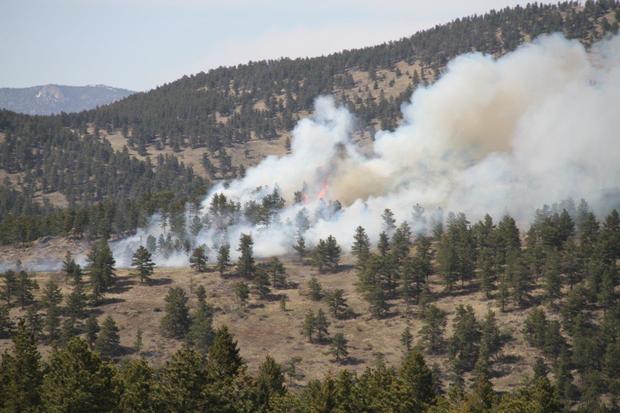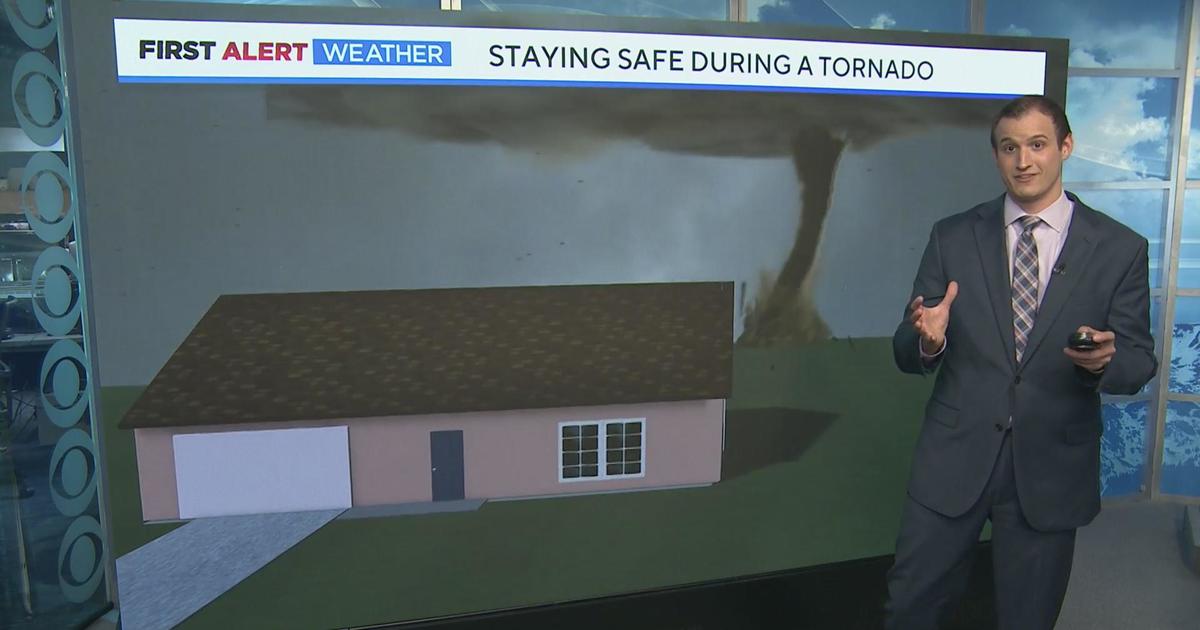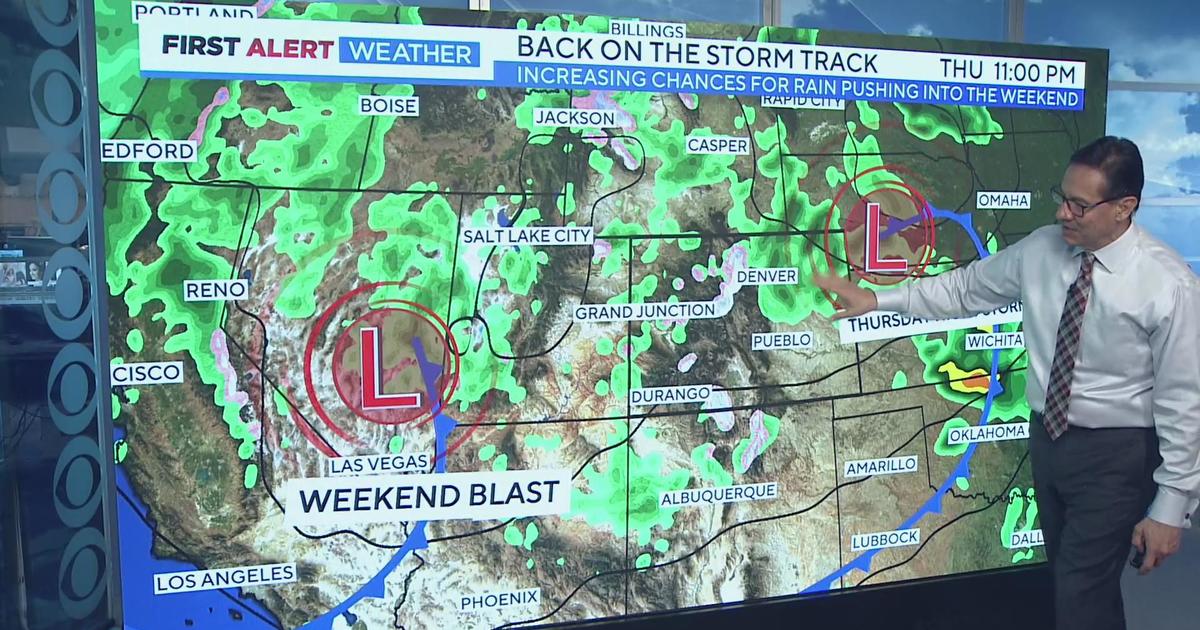Digging Into The Science Behind Weather & Wildfire
DENVER (CBS4) - If you've ever had a class in meteorology, you likely have heard the word "instability" to explain conditions in the atmosphere.
It's most often associated with severe thunderstorms, but it can also apply to fire weather.
"Hot, dry, unstable, windy; those ingredients plus dry fuel are the major contributors to large fire growth," said fire weather meteorologist Tim Matthewson, based at the Rocky Mountain Fire Coordination Center in Lakewood.
Weather conditions that are prime to start a wildfire have a lot to do with temperature.
"Temperature & relative humidity have an inverse relationship. As temperature goes up, humidity goes down, and humidity is really important to fuel dryness," said Matthewson.
Dry fuels include trees, shrubs and grass. They become more volatile as the humidity lowers, thus making them more prone to catching fire.
FIRES CREATE THEIR OWN WEATHER
Wildfire can happen at any time in a state like Colorado, though they are most common during the late spring and summer.
Once a wildfire starts, they create their own localized weather patterns.
This is because as intense heat rises from the center of the fire, it produces an area of low pressure.
Meanwhile, outside of the fire lines, where the air is cooler, the air pressure is much higher.
Because air moves from high to low pressure, winds from all around the fire converge toward the center, adding to the growth and lifespan of the flames.
In some cases, rotation can even develop within the winds over the fire, due to the huge difference between temperature and pressure from outside the flames to within.
When this happens, a firenado, which looks like a tornado, can occur.
Firenadoes might be a beautiful sight to see, but they can be extremely dangerous. Their winds can carry flames outside of the main fire's perimeter, causing new fires to form.
In larger fires, a line of thunderstorms can even form above the billowing plumes of smoke.
"The dangerous part about that is once we start getting downdrafts from a thunderstorm cloud we get the outflow winds that can spread fire in all different directions. Unfortuantely, we have lost firefighters in those situations," said Matthewson.
Fire is inevitable in a place with a climate and a landscape like Colorado.
While high fire danger is typically associated with years that have drought, there can be major blazes following seasons with heavy rain or snowfall. But the fire outlook is usually more optimistic when rain or snowfall hangs around.
Wildfire Resources
- Visit CBSDenver.com's Living With Wildfire section.
Wildfire Photo Galleries
- See images from the most destructive wildfires (Black Forest, Waldo Canyon, High Park and Fourmile) and largest wildfire (Hayman) in Colorado history.





